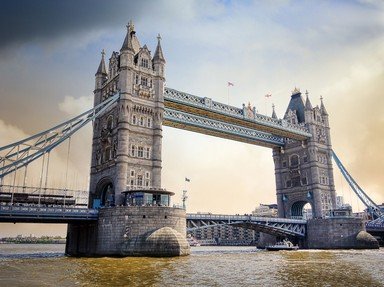Quiz Answer Key and Fun Facts
1. For this place in Dorset the players' clues were:
Red squirrels; nature; scouts.
2. Another island on England's south coast gave rise to these clues:
Hampshire; windsurfing; funfair.
3. Moving north - a long way north - these were the clues:
Tweed; chessmen; neoliths.
4. Even further north, this Scottish island was described thus:
Pentland; riptides; uninhabited.
5. Back south now, a beautiful holiday location was so described:
Ferries; sailing; needles.
6. Rushing back north again - hope we aren't tiring you - these were the clues:
Hebrides; beach; runway.
7. Now moving south - but not too far - we find an island given these clues:
Welsh; saints; currents.
8. If you say "scotch" this Scottish island should spring to mind, but anyway it was given these clues:
whisky; queen; Hebrides.
9. Staying in Scotland for now, this uninhabited island got these clues:
Mendelssohn; cave; acoustics.
10. Still in Scotland, another small island was so clued:
Curling; milestone; granite.
11. These clues refer to a place hinted at but not stated in an iconic Scottish song:
Pretender; Flora; sands.
12. Threats from France made this island significant, and it was clued thus:
Palmerston; fort; Bristol Channel.
13. A Northumbrian island got these one-word descriptions:
Causeway; castle; monks.
14. This island visible from north Devon, had these clues:
Puffins; tourists; lighthouse.
15. The site of a big city was described with these clues:
Navy; spinnaker; Dickens.
Source: Author
davejacobs
This quiz was reviewed by FunTrivia editor
agony before going online.
Any errors found in FunTrivia content are routinely corrected through our feedback system.
